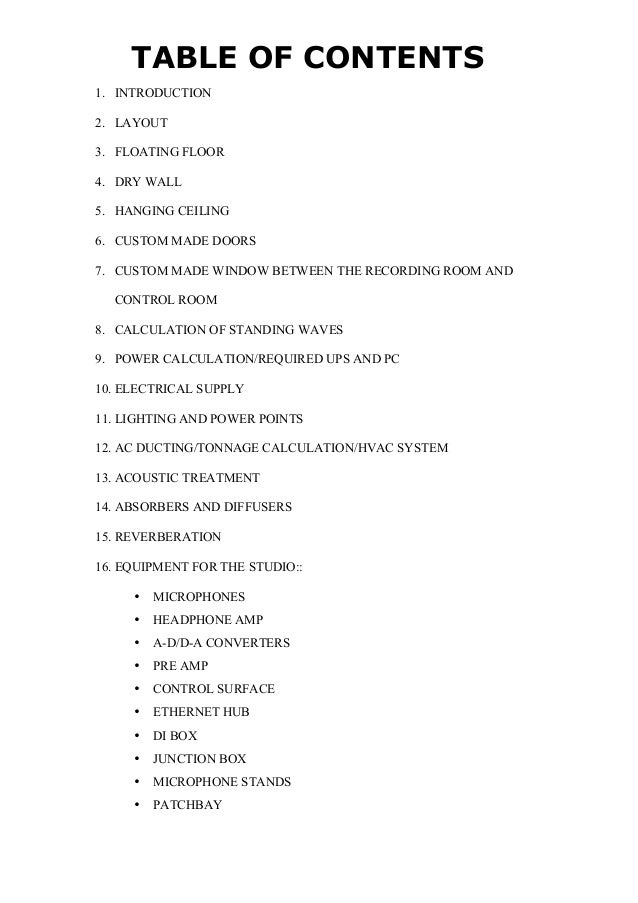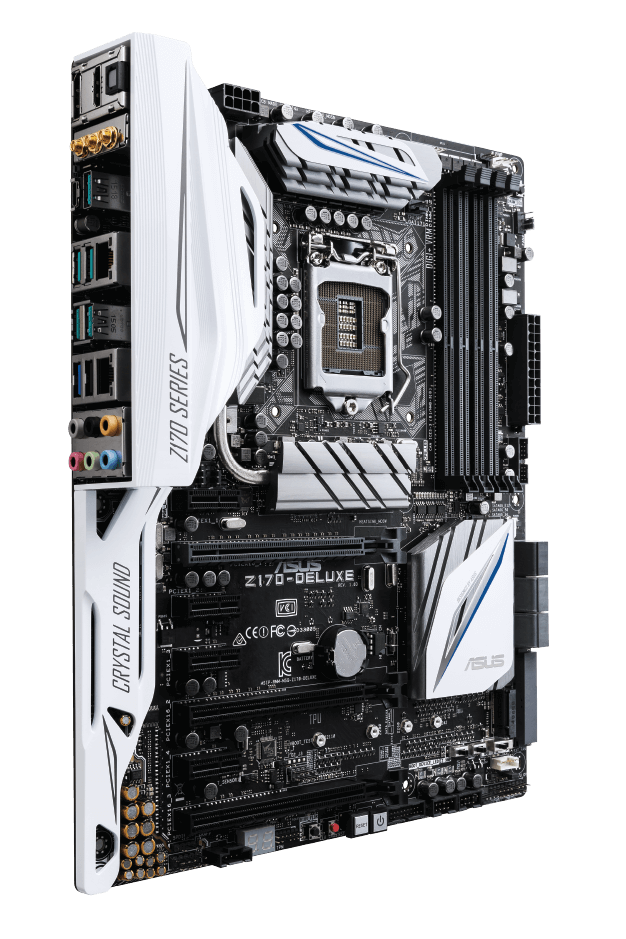Is This Essentially Just A Pre-amp Tailored For Mac
- Is This Essentially Just A Preamp Tailored For Machines
- Is This Essentially Just A Preamp Tailored For Machine


How Should I Connect My Preamp to My Interface? After posting the, several of you asked me how to exactly connect an external preamp to an audio interface. While this may seem simple enough, a lot of home studio owners are doing this wrong. It’s not the end of the world, don’t worry. However, you need to know the proper way to connect these things, since it might adversely affecting the quality of your recordings.
Mar 06, 2016 I'm leaning more towards starting a whole different system to enjoy just my music and leave my current setup for my movies, football games, fights ect. I was thinking tube pre amp, either tube or ss amp, nice dac, and turntable for my new collection of vinyl. Just as there was no parsing of the letters LGBT into ideological compartments (Mac is the freaky Pied Piper of the marginalized), the divide between performer and audience was also lifted.
Mic Input vs. Line Input What is the purpose of a preamp? Why does it exist? As I mentioned in, microphones produce a very low-level signal.
Without a microphone preamp, the signal remains unusable. A microphone preamp amplifies the signal from mic level to line level. Most audio interfaces include anywhere from one to eight preamps. The inputs to these preamps are 3-pin XLR connections. You simply connect the microphone directly to the preamp via the mic input.
Most interfaces also include a number of line inputs. These accept line level signals.
Line level signals don’t need to be amplified by a preamp. They are already at the appropriate level. Examples of devices that produce line level signals:.
Is This Essentially Just A Preamp Tailored For Machines
Microphone preamps (more on this below). Compressors. EQs. Rackmount effects units (reverbs, delays). Mixers. Keyboards.
CD player/recorders Connection Clarification There are essentially 4 types of connections you’ll deal with in your studio: XLR, 1/4″ TRS, 1/4″ TS, and RCA. Any of these can be line inputs. XLR and TRS are balanced connections. Most line inputs on audio interfaces are 1/4″ TRS connections. TS and RCA are unbalanced connections. (More on this another day.) Here’s the tricky thing. Mic inputs are also XLR connections.
You can see how this could easily get confusing. Hooking Things Up Here’s a general rule of thumb: Connect microphones to microphone inputs, and connect line outputs to line inputs. Let’s take the Presonus Eureka, for example. It has an XLR mic input, and that’s where I connect the microphone (obviously). The Eureka also has both XLR and TRS line outputs (you can use either one). The back of my 003 has XLR mic inputs and TRS line inputs.

Is This Essentially Just A Preamp Tailored For Machine
Which should I use for the Eureka? Answer: One of the TRS line inputs. So, I use a standard 1/4″ TRS cable to connect the line output of the Eureka to one of the line inputs on the 003. If I wanted to, I could a cable that has an XLR female connector on one end (for the Eureka’s XLR output) and a TRS connector on the other (for the 003).
Either one of these would work. Line Output + Mic Input = Trouble A lot of people run the line output of their microphone preamp into the mic input of their audio interface. This is unnecessary, because you’re essentially running the signal through two microphone preamps. This can result in distortion and a degradation of the sound. I recently saw someone post on Twitter that they tried running their preamp to the line input instead of the mic input, and that it made an amazing difference. It’s true, using the proper connections and gain-staging is very important when recording.
Go check your rig and make sure you’re connecting everything properly. Did this help? Got questions? Leave a comment.
Photo by Tags.